Vamba Bility
Hammer Projects
20 Jan - 19 May 2024
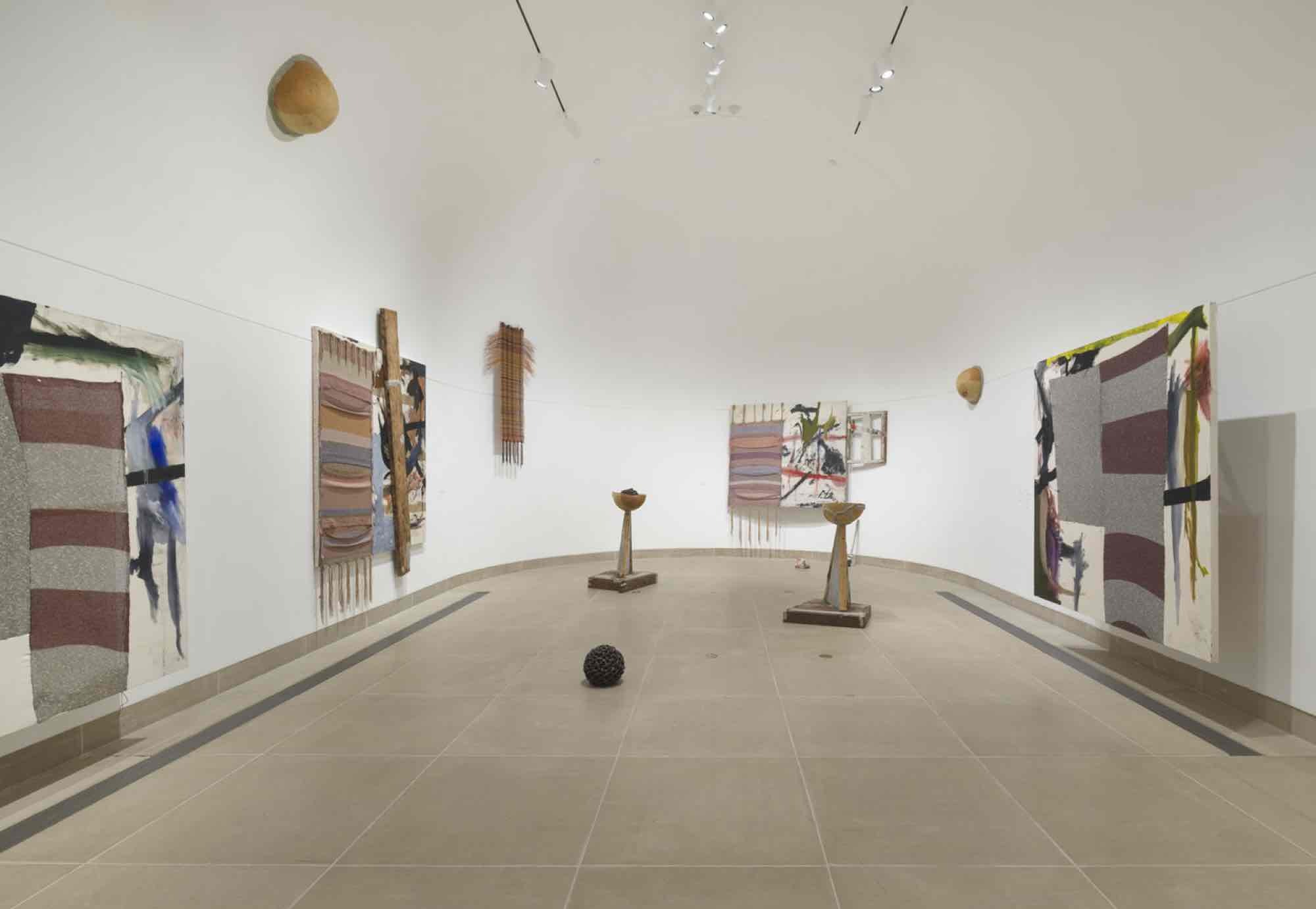
Hammer Projects: Vamba Bility, installation view
Hammer Museum, Los Angeles, January 20–May 19, 2024. Photo: Jeff McLane
Hammer Museum, Los Angeles, January 20–May 19, 2024. Photo: Jeff McLane
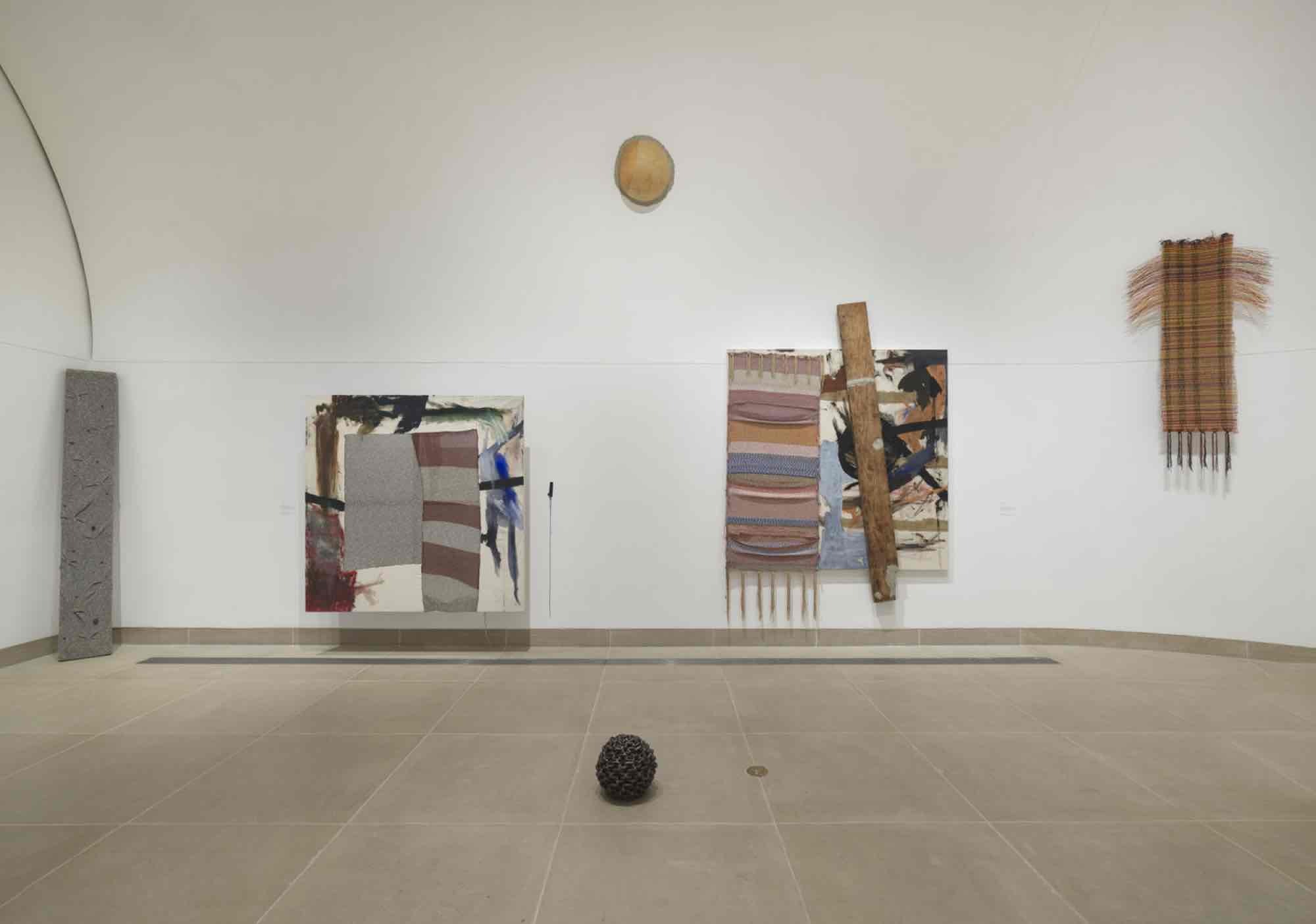
Hammer Projects: Vamba Bility, installation view
Hammer Museum, Los Angeles, January 20–May 19, 2024. Photo: Jeff McLane
Hammer Museum, Los Angeles, January 20–May 19, 2024. Photo: Jeff McLane

Hammer Projects: Vamba Bility, installation view
Hammer Museum, Los Angeles, January 20–May 19, 2024. Photo: Jeff McLane
Hammer Museum, Los Angeles, January 20–May 19, 2024. Photo: Jeff McLane
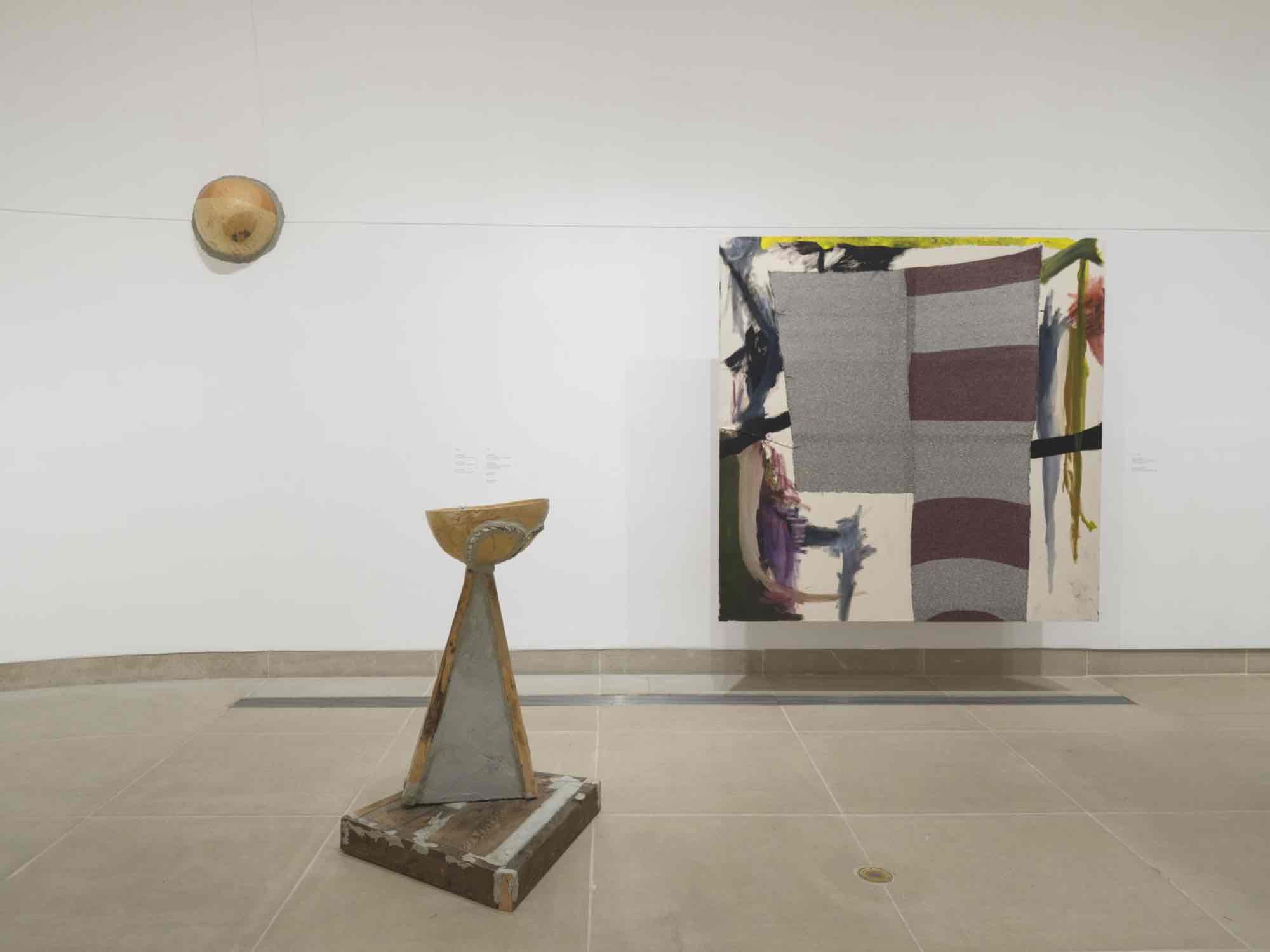
Hammer Projects: Vamba Bility, installation view
Hammer Museum, Los Angeles, January 20–May 19, 2024. Photo: Jeff McLane
Hammer Museum, Los Angeles, January 20–May 19, 2024. Photo: Jeff McLane
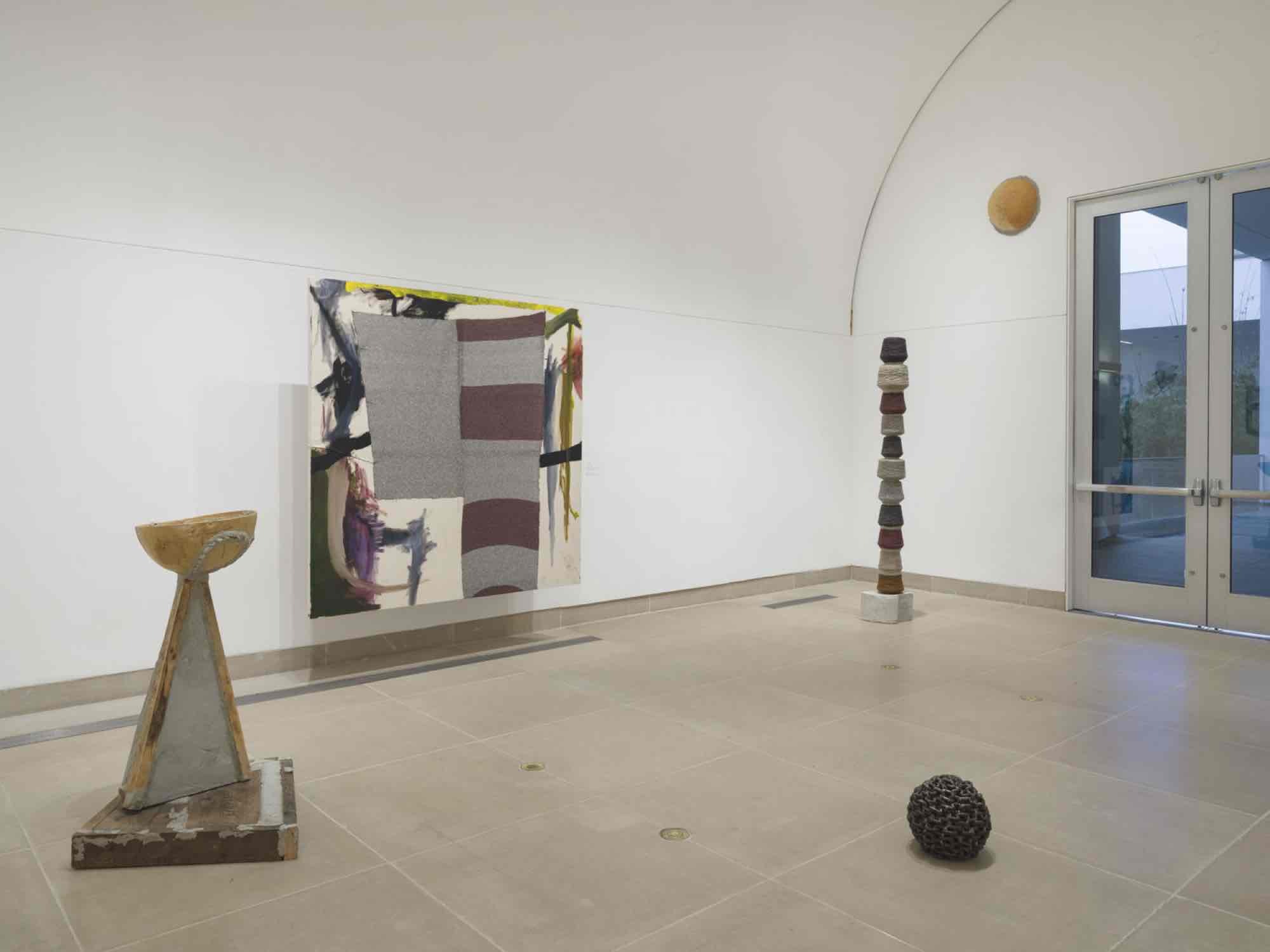
Hammer Projects: Vamba Bility, installation view
Hammer Museum, Los Angeles, January 20–May 19, 2024. Photo: Jeff McLane
Hammer Museum, Los Angeles, January 20–May 19, 2024. Photo: Jeff McLane
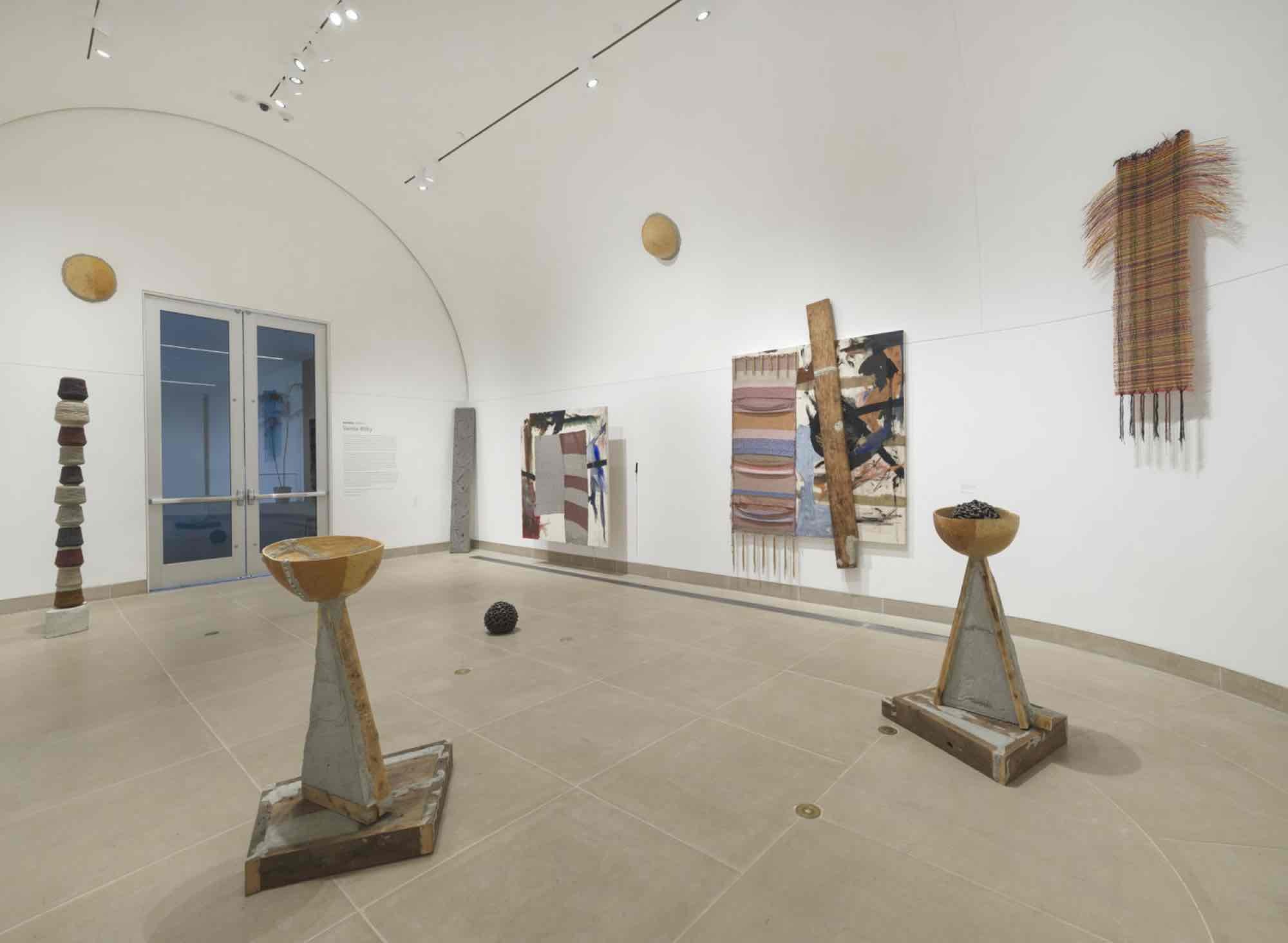
Hammer Projects: Vamba Bility, installation view
Hammer Museum, Los Angeles, January 20–May 19, 2024. Photo: Jeff McLane
Hammer Museum, Los Angeles, January 20–May 19, 2024. Photo: Jeff McLane

Hammer Projects: Vamba Bility, installation view
Hammer Museum, Los Angeles, January 20–May 19, 2024. Photo: Jeff McLane
Hammer Museum, Los Angeles, January 20–May 19, 2024. Photo: Jeff McLane
Vamba Bility is a multidisciplinary artist whose work echoes the experience of the African diaspora. Having journeyed from Côte d’Ivoire to Guinea to the United States, Bility perceives this contested way of living as a blur, albeit one that is deeply intimate. In his hands, this blurred sensibility becomes a fluid movement that draws on various material histories. He expresses the reverberating motions of his existence by leaning on and weaving together mediums and materials such as painting, textiles, found objects, and sound. A cracked calabash gets sewn together. A torn canvas gets stitched as a salve. A painting is propped up by a brick or two. All of this is a form of mark making that structures the landscape of diaspora as a material residue of atmosphere, of feeling, of process. Bility threads this through a shared poesis—a bringing forth, a revelation—that sketches out an architecture of what it means to be.
At the Hammer Museum, Bility presents an array of objects, staging an aesthetic encounter that breathes life into his self-referential sketches of diasporic living. He structures the exhibition after the bustling bazaar—a dynamic space teeming with systems of exchange that produce, use, and reuse commercial materials like spools of yarn, bags of kola nuts, planks of wood, metal chains, and swaths of canvas. The resulting sculptures and paintings engage in a dialogue with the material concerns of several avant-garde practices of the 1960s and 1970s, including those of the Italian Arte Povera movement, and the West African sensibilities and strategies of Vohou-Vohou and récupération. To varying degrees, these ways of object making intentionally flatten the distinctions between local, imported, industrial, and natural materials.
The horizontal ethic embedded in Bility’s mark-making process informs how we grapple with painting traditions, sculptural forms, and the cathedral-like architecture of the Hammer’s Vault Gallery. The calabash gourds, roughly cemented onto the gallery walls, echo the curvature of the semicircular apse. The carbon char, a residue of burnt wood, offers tangible evidence of a painterly act. The softly muted oil washes draw attention to the gashes on the canvas. These probing layers of depth and texture, while partially serendipitous, function as a commentary on disobeying the disciplines of painting and sculpture in pursuit of a syntax of movement that seeks an unencumbered existence. Bility initiates this process of renaming through fragments that fall in and out of thought, form, materiality, and tradition.
Hammer Projects: Vamba Bility is organized by Ikechúkwú Onyewuenyi, curatorial associate, with Nyah Ginwright, curatorial assistant.
At the Hammer Museum, Bility presents an array of objects, staging an aesthetic encounter that breathes life into his self-referential sketches of diasporic living. He structures the exhibition after the bustling bazaar—a dynamic space teeming with systems of exchange that produce, use, and reuse commercial materials like spools of yarn, bags of kola nuts, planks of wood, metal chains, and swaths of canvas. The resulting sculptures and paintings engage in a dialogue with the material concerns of several avant-garde practices of the 1960s and 1970s, including those of the Italian Arte Povera movement, and the West African sensibilities and strategies of Vohou-Vohou and récupération. To varying degrees, these ways of object making intentionally flatten the distinctions between local, imported, industrial, and natural materials.
The horizontal ethic embedded in Bility’s mark-making process informs how we grapple with painting traditions, sculptural forms, and the cathedral-like architecture of the Hammer’s Vault Gallery. The calabash gourds, roughly cemented onto the gallery walls, echo the curvature of the semicircular apse. The carbon char, a residue of burnt wood, offers tangible evidence of a painterly act. The softly muted oil washes draw attention to the gashes on the canvas. These probing layers of depth and texture, while partially serendipitous, function as a commentary on disobeying the disciplines of painting and sculpture in pursuit of a syntax of movement that seeks an unencumbered existence. Bility initiates this process of renaming through fragments that fall in and out of thought, form, materiality, and tradition.
Hammer Projects: Vamba Bility is organized by Ikechúkwú Onyewuenyi, curatorial associate, with Nyah Ginwright, curatorial assistant.
